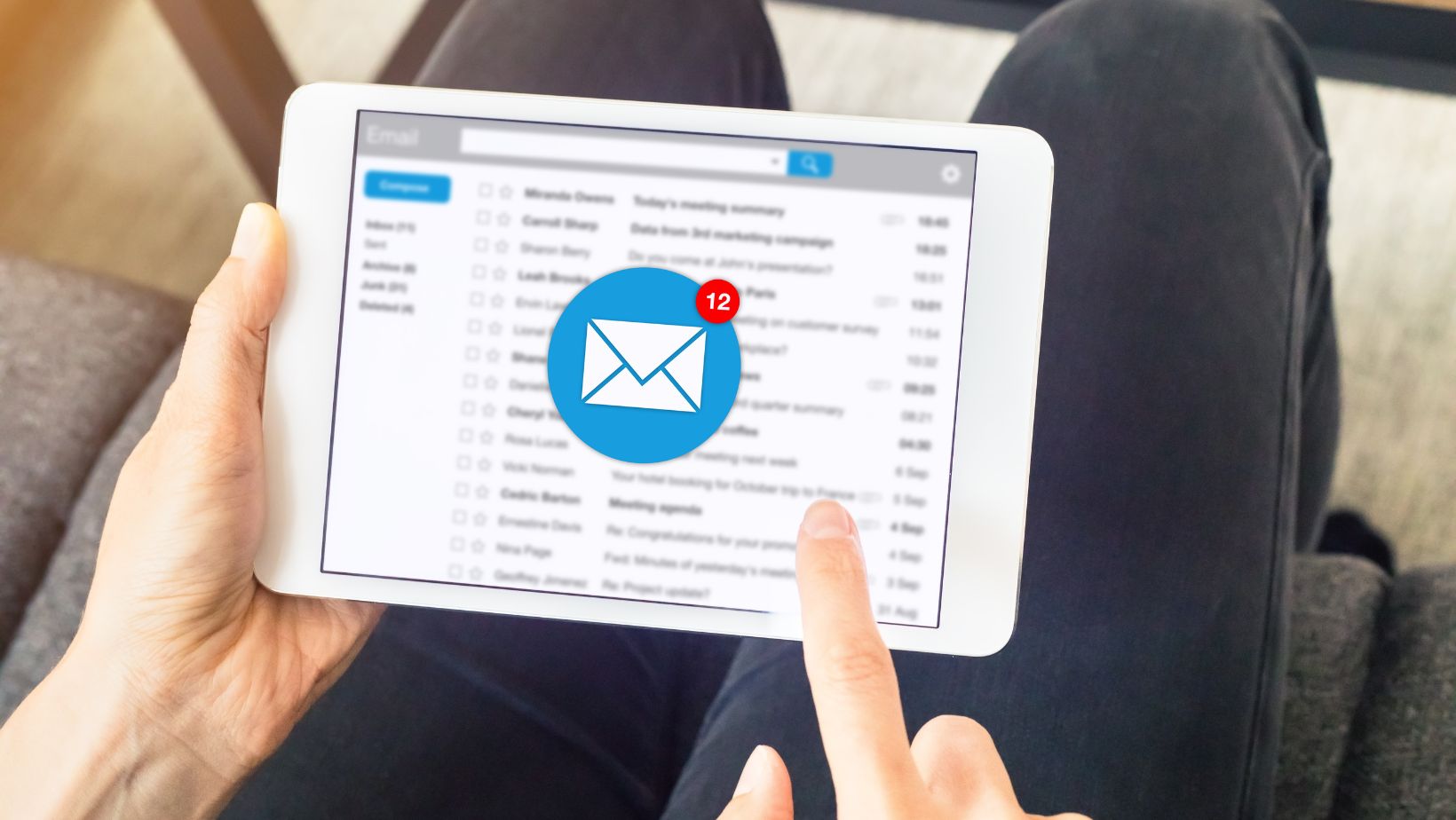The choice of what cold email software to use might seem like a technology decision, but it’s more than that. Your cold email software is intrinsic to your entire strategy, since it can influence your reach, deliverability, and how you frame your messaging.
Rather than picking cold email software based on what is most popular, you should make the decision based on what fits your company and your needs most accurately. In this guide, we’ll cover the important factors that you should consider when you evaluate cold email software for your marketing needs.
Eight Things to Consider
We’ve compiled a list of the eight features that you should consider when you’re starting the hunt for your cold email software. Consider these when coming up with your strategy for choosing a tool.
Your Marketing Campaign Goals
When trying to decide what piece of software to go with, you should begin by laying out exactly what your goals are. If you already have prospecting done and a list of leads gathered, your goal might be more on outreach or content promotion. In that scenario, software with a heavy focus on lead generation wouldn’t be the most useful for you.
Contrarily, if you are starting with a blank slate, then you will want to consider lead generation as part of that goal, and you want to consider software that helps with that. The point is that different goals require different features, so be clear on your goals before you even get started.
Outreach Volume and Scale
Next, be realistic about your outreach volume and your goals for scaling your campaign. Lighter (and often more budget-friendly) tools can be sufficient for low-volume outreach, but if you have a campaign that involves high-volume sending, you will want to put your attention toward software that can handle the demand.
Your tools should also be able to scale with you. It’s helpful to focus on software tools like Instantly that are designed for scale and offer features that are useful for large campaigns, as well as smaller ones.
Personalization Capability
Personalization used to have a form-like approach where software just plugged in the basic information about a person, and the entire rest of the message was stiff and less appealing. Software today has no excuse for that.
At a minimum, the tool you choose should offer:
- Support for dynamic fields
- Conditional content logic
- Image and video personalization
- Messaging tailored with multi-step sequences
Personalization is a must for any campaign, but particularly if you’re doing account-based marketing or relationship-building, then you may want to veer in the direction of a product with more complex personalization tools.
Deliverability Tools
Your campaign doesn’t mean anything if the email doesn’t get read. There are a lot of ways to avoid this, so make sure the software you choose comes with them.

Keep an eye out for features like domain warm-up automation, spam trigger monitoring, built-in analytics so you can keep an eye on deliverability, and bounce/reply tracking.
Having all of these features in place will make sure that you don’t get caught in a spam filter or set off red flags with a service provider. A good domain reputation means you can continue to send at volume uninterrupted.
Integrations
There’s a very large chance that your cold email outreach program won’t be the only program that you use. Very few of them are designed to be run in isolation, so you need to have confidence that the one you choose will play well with the other programs in your marketing toolkit.
At minimum, you want to guarantee that it will integrate with calendar tools that you use to book meetings, task manager apps like Slack and Zapier, and your Customer Relationship Marketing tools like HubSpot and Pipedrive.
Collaboration
If you’re working with a team as opposed to a solo venture, then collaboration will matter. There are a lot of features that can make teamwork easier, so look for ones like:
- Multi-user permissions
- Shared templates and reporting dashboards
- Role-based access controls
- Activity tracking across users.
These are critical functions if you have a distributed sales team. You don’t want to be in a position where you have to call a meeting to share results or show everyone a template. Having software that supports your workspace makes everything easier, increases transparency, and inspires productivity.
Reporting and Optimization
You need data to improve, and good cold email software will log and track that data, then make it easily accessible to you. You should be able to rely on the information gathered from message tracking (like who opened it, who clicked on it, and who replied to it), A/B test results, and campaign comparison tools.
It’s also important that the information be digestible. A visual analytics dashboard can serve you statistics in a way that lets you understand them at a glance, so consider the interface as an important variable that can set one piece of software apart from the rest.
Usability and Support
Your team shouldn’t need to take a week-long course to use a new piece of software. The tool you go with might have a learning curve, but make sure it doesn’t seem too daunting. Look for an intuitive interface and something that comes with tutorials or walkthroughs for onboarding.
You should also have reliable support through their customer service department. Features like live support (as opposed to having to wait for email responses) are preferable, but may be more expensive. Still, it’s important to know even if you just need to adjust your expectations.
A lot of software out there has great features, but the features don’t mean much if the software constantly has issues or your team avoids it because they still aren’t sure how to use it.
Final Thoughts
The right cold email software is the one that works best for your company at both its current size, and the future size you anticipate that it will grow to be. Each feature matters, but each will be weighed differently to you. Research strategically and you’ll be able to narrow it down to the best options.

These eight factors can guide you in your research no matter what phase of your marketing journey you’re at. By taking these key pieces of advice, you’ll be able to find software that can handle your messaging volume, scale along with you, and help your team meet their goals.


